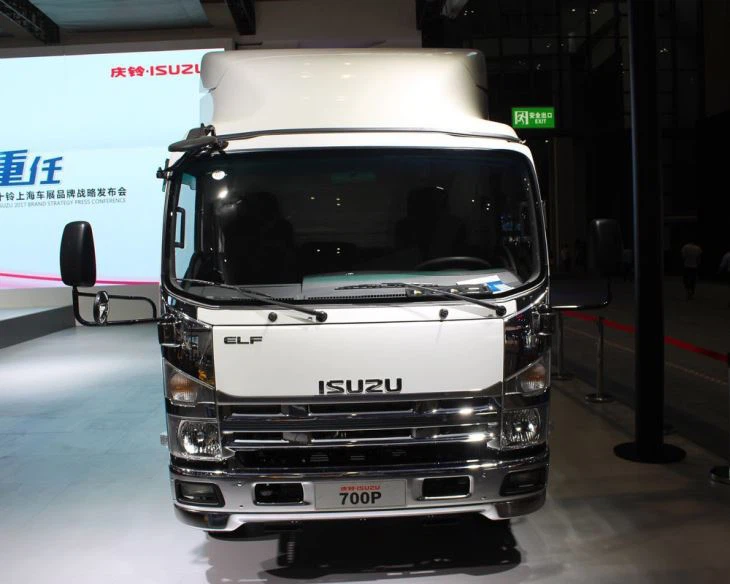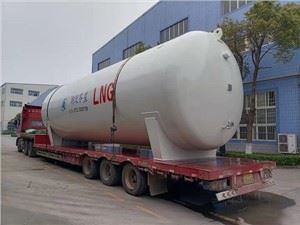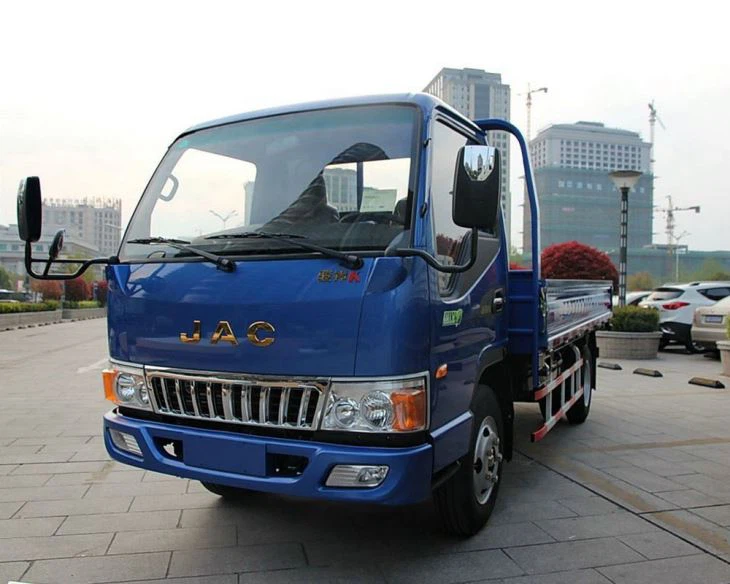Understanding Sebright Compactors: The Ultimate Guide

In today’s fast-paced world, the efficiency of waste management systems has become more critical than ever. One solution that has gained significant popularity in various industries is the Sebright compactor. This article delves into everything you need to know about Sebright compactors, their benefits, types, uses, and tips for effective waste management.
What is a Sebright Compactor?
A Sebright compactor is a specialized machine designed to compress waste materials into smaller, more manageable sizes. This compaction process helps reduce the volume of waste, making it easier and more cost-effective to transport and dispose of. Sebright Manufacturing, the company behind these machines, has been at the forefront of innovation in waste management technology since its inception.
Benefits of Using Sebright Compactors
1. Space Efficiency
One of the most significant advantages of using a Sebright compactor is the efficient use of space. By compressing waste materials, businesses can significantly reduce the volume of waste, leading to less space required for storage.
2. Cost-Effective Waste Management
By lowering waste volume, Sebright compactors can lead to reduced waste disposal costs. Fewer trips to the landfill mean decreased transportation expenses.
3. Environmental Impact

Using compactors contributes to a more sustainable environment. By reducing the waste volume, these machines help to lower greenhouse gas emissions associated with waste transport and landfill use.
4. Improved Workplace Safety
By compacting waste materials, compactors can help to declutter workspaces, reducing hazards associated with waste and debris in the workplace.
Types of Sebright Compactors
1. Stationary Compactors
Stationary compactors are commonly used for high-volume waste generation settings, such as manufacturing plants or large retail facilities. They are designed to stay in one place and are typically connected to containers that hold the compressed waste.
2. Self-Contained Compactors
These compactors are ideal for waste that may leak or generate odors, such as food waste. They feature a design that includes a container for waste and the compaction mechanism, making them versatile for various applications.
3. Portable Compactors
Portable compactors are mobile units that can be moved to different locations as needed. They are suitable for businesses that may generate waste sporadically or require flexibility in waste management.
4. Vertical Compactors

Vertical compactors are smaller machines that take up less floor space but are highly efficient. They are suitable for businesses with limited space but still require waste compaction.
Application of Sebright Compactors

1. Retail Industry
In retail settings, Sebright compactors can help manage packaging waste from shipping and delivery. Using compactors can minimize the volume of cardboard and plastic waste, making it easier to manage.
2. Manufacturing and Warehousing
Manufacturing facilities generate large amounts of scrap materials, pallets, and containers. Compactors help in efficiently managing this waste, thus maintaining a clean and safe environment.
3. Food Service Industry
With the high volume of waste produced in restaurants and food services, using self-contained compactors can control odors and prevent leakage, creating a sanitary space.
4. Construction Sites
Construction and demolition projects generate varying types of waste, including wood, metal, and plastic. Specialty compactors designed for construction can effectively handle these materials.
Choosing the Right Sebright Compactor
1. Assess Your Waste Volume
Before selecting a compactor, measure the volume of waste generated at your facility. This will help determine the size and type of compactor best suited for your needs.
2. Consider the Waste Type
Different types of waste may require different forms of compaction. For instance, food waste may require self-contained compactors to manage leakage and odors, while recyclable materials may simply use stationary compactors.
3. Analyze Space Availability
Evaluate the space available at your facility for the compactor installation. Large compactors require more space, while smaller units can fit in tighter areas.
4. Budget Considerations
Understand the upfront and long-term costs associated with purchasing or renting a compactor. Factor in maintenance, operation costs, and potential savings in waste disposal to evaluate the overall financial impact.
Maintenance Tips for Sebright Compactors
1. Regular Inspections
Conduct routine inspections to detect any areas of wear and tear. This can help prevent more extensive (and expensive) repairs down the line.
2. Cleaning Procedures
Maintain cleanliness in and around the compactor to avoid odor build-up and pest issues. Regularly clean the exterior and the interior, especially in self-contained units.
3. Lubrication and Adjustments
Keep all moving parts lubricated to ensure optimum functionality. Adjust the compactor as needed to maintain its efficiency.
4. Operator Training
Train staff on the correct use of the compactor. Proper training can minimize mishandling that could lead to damage.
Real-World Examples of Sebright Compactor Usage
Case Study 1: A Large Grocery Store Chain
A grocery store chain implemented Sebright self-contained compactors to manage its food waste. By using these compactors, they reduced waste transportation trips by 40%, lowered their waste disposal costs, and maintained better sanitation practices in their establishments.
Case Study 2: A Manufacturing Facility
A manufacturing facility producing packaging materials used stationary compactors for managing scrap materials. They noticed a significant reduction in waste volume, resulting in releasing valuable floor space otherwise occupied by waste bins.
Frequently Asked Questions (FAQ)
1. How do Sebright compactors work?
Sebright compactors work by using a hydraulic system to compress waste into a compact form, reducing its overall volume and making it easier to transport and dispose of.
2. What types of waste can be compacted?
Most solid waste types can be compacted, including cardboard, plastic, metal, and food waste. However, liquid waste may require specialized handling.
3. Are Sebright compactors eco-friendly?
Yes, by reducing the volume of waste and minimizing landfill trips, Sebright compactors contribute to lower greenhouse gas emissions and a cleaner environment.
4. How often should I maintain my compactor?
Regular maintenance should be conducted at least once a month, with detailed inspections and cleaning recommended every few months or as needed, depending on usage.
5. Can I rent a Sebright compactor?
Yes, many suppliers offer rental options for Sebright compactors, which can be a cost-effective solution for businesses with fluctuating waste management needs.
6. What are the installation requirements for a Sebright compactor?
Installation requirements vary depending on the type and size of the compactor, but generally include adequate space, electrical connections, and potentially permits for waste handling.
